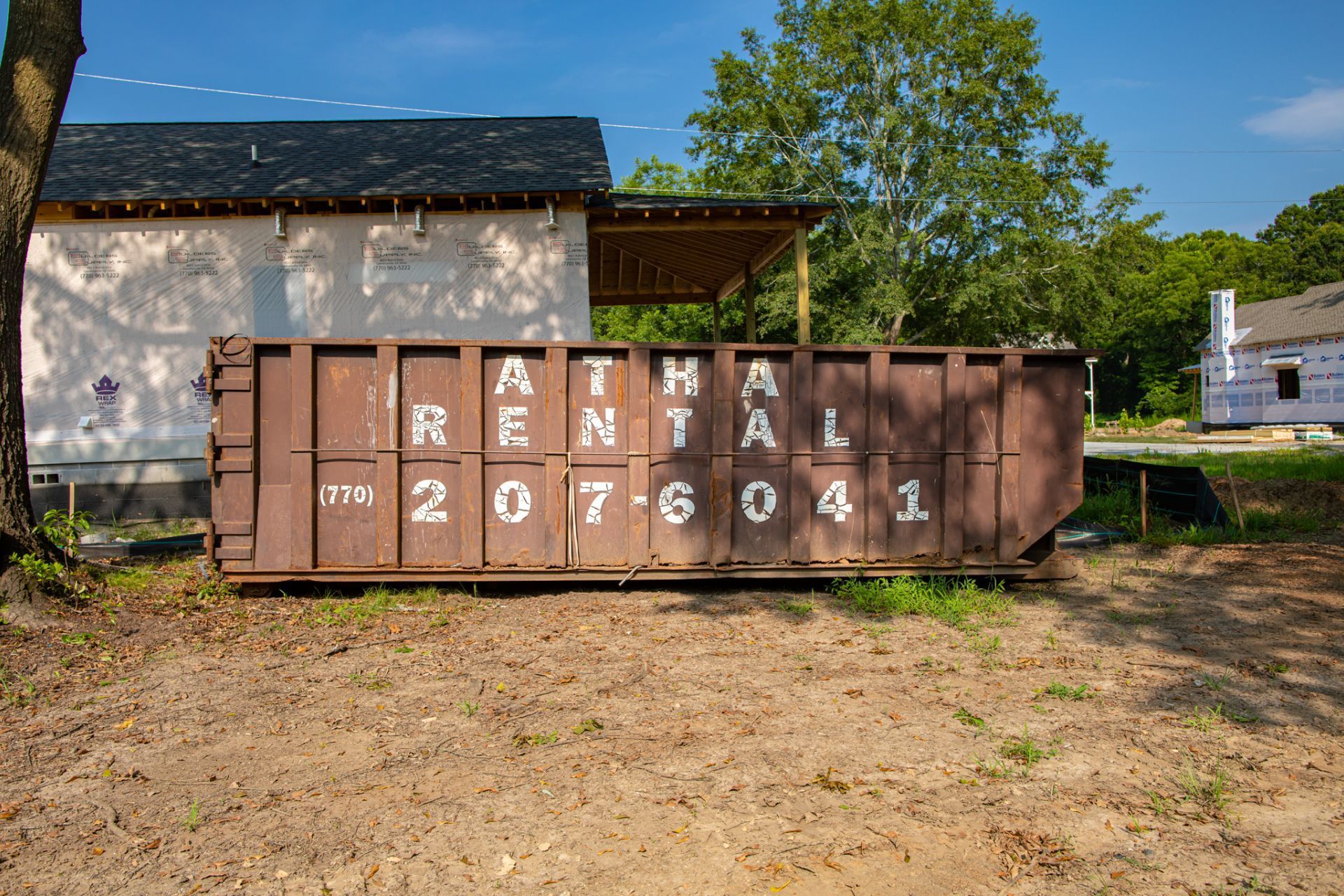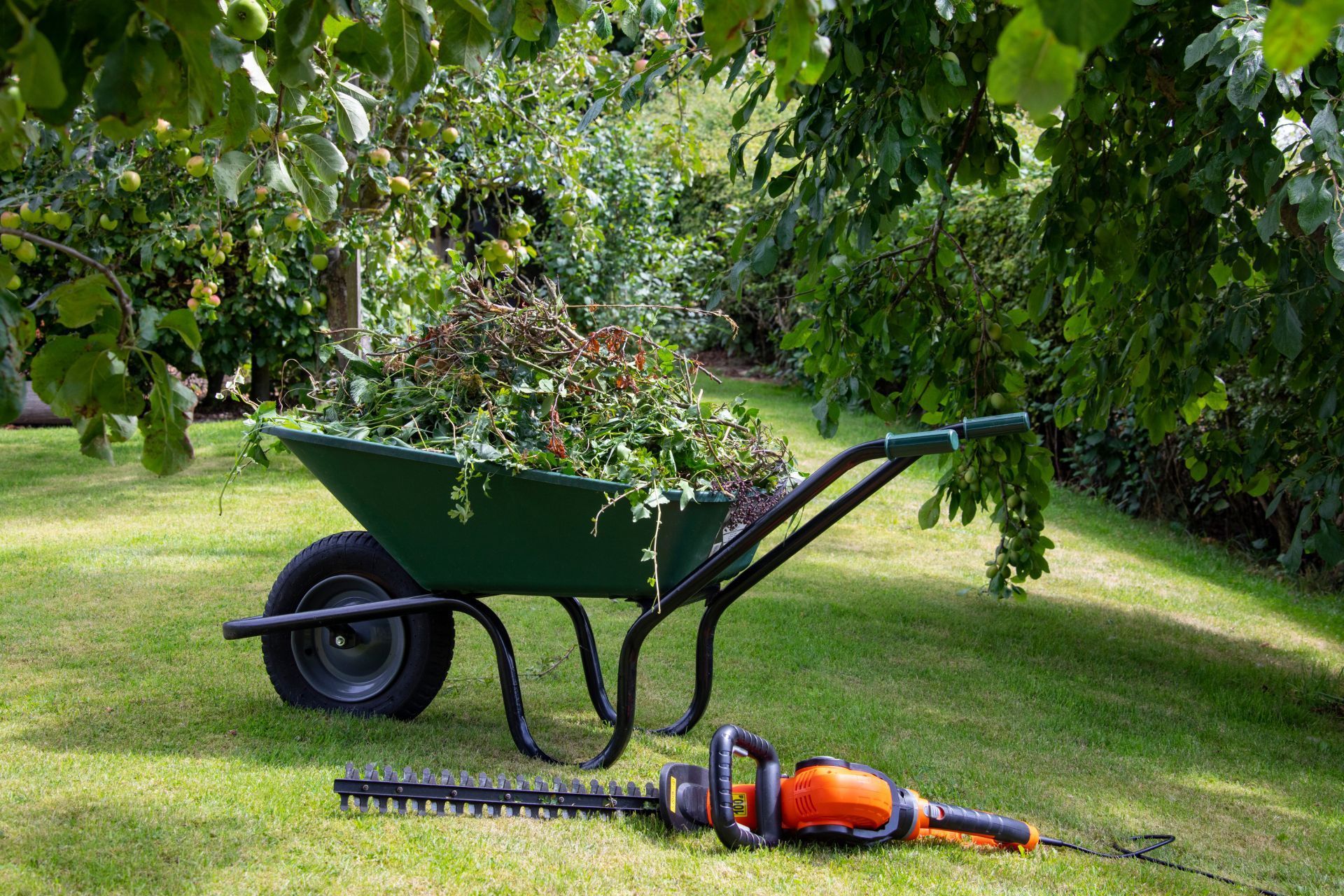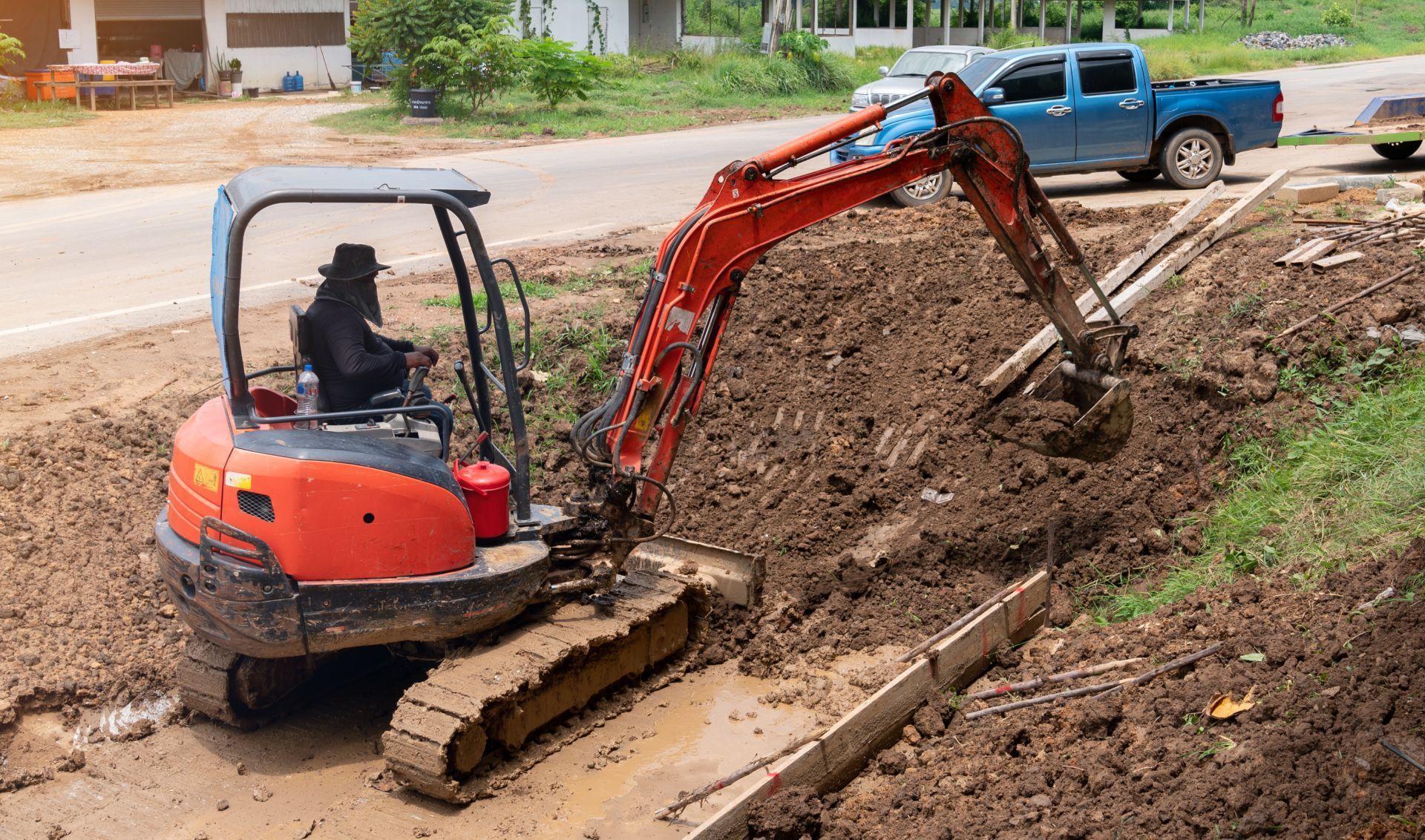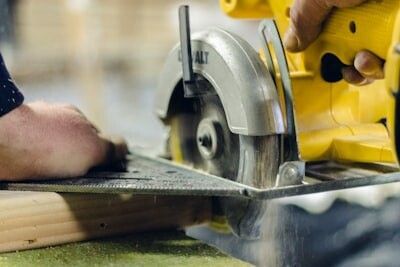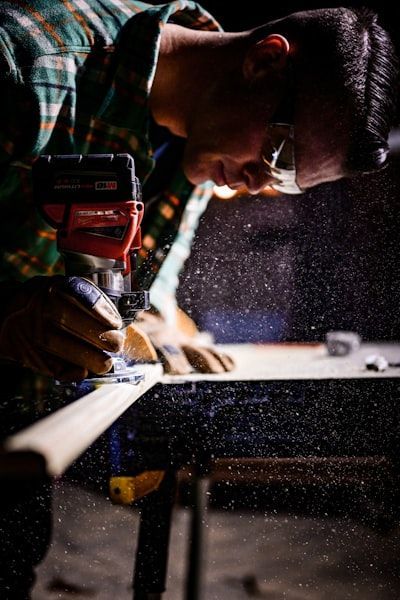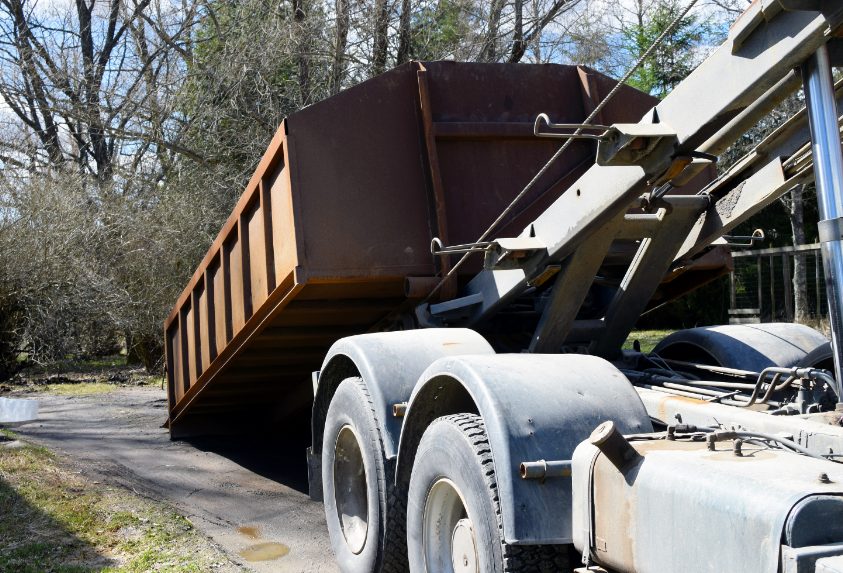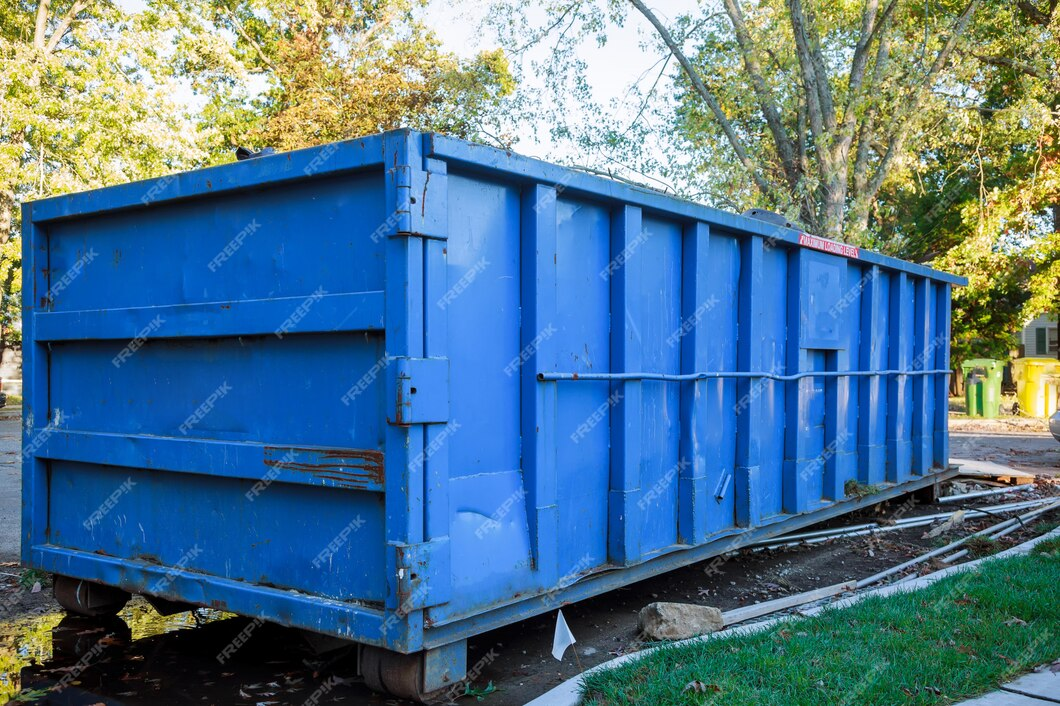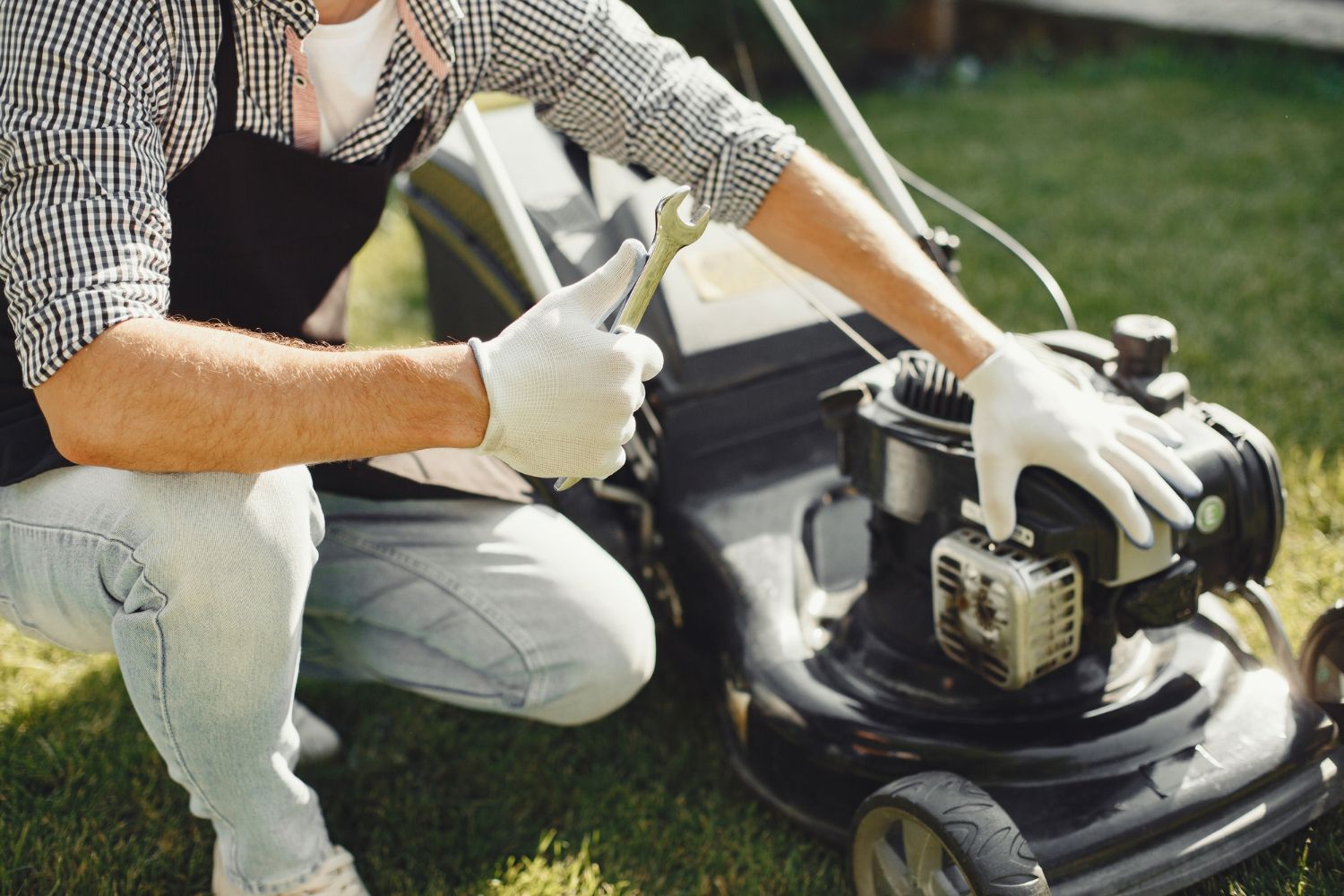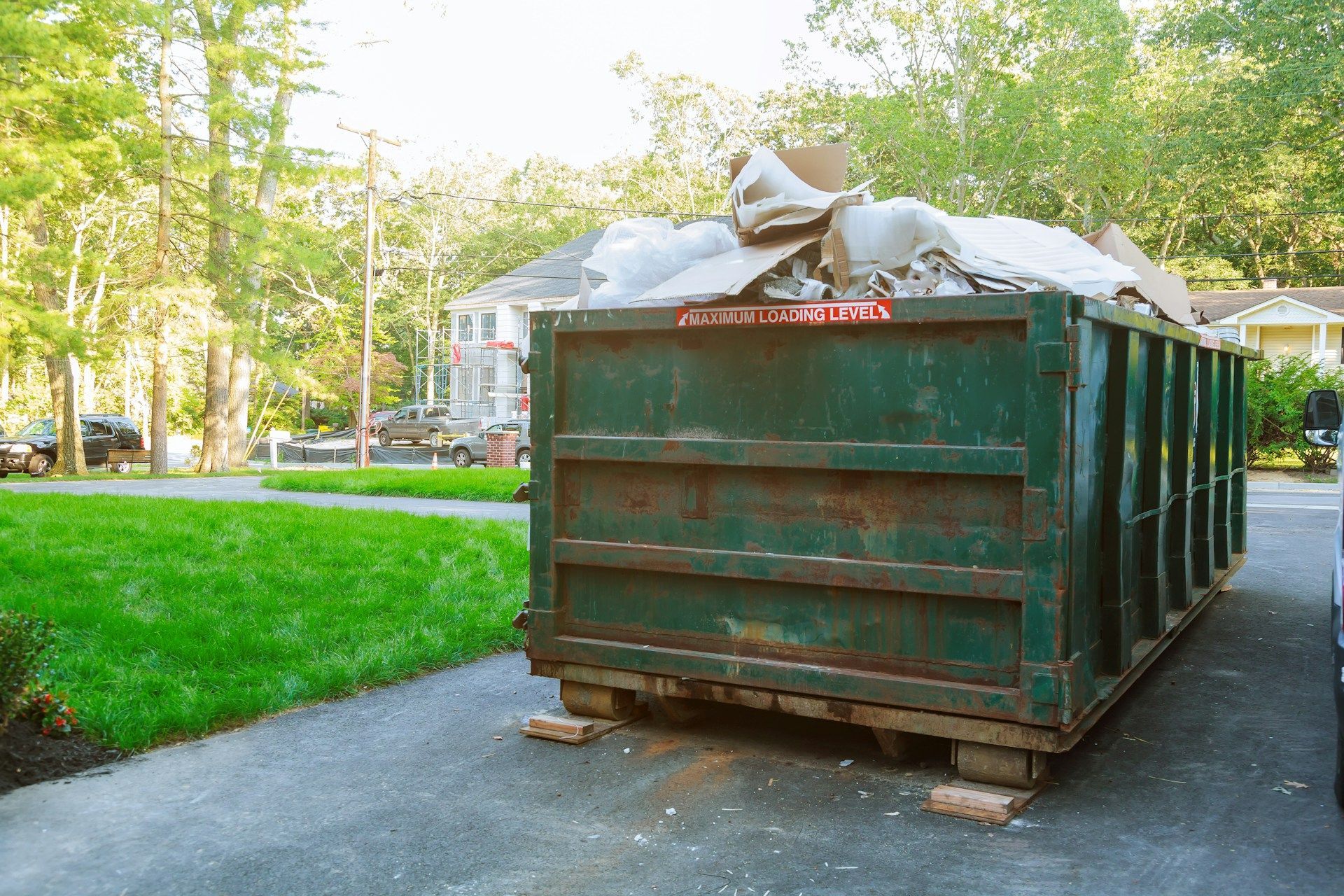Equipment and Best Practices to Soil Compaction
Soil compaction plays a vital role in numerous construction and landscaping projects. Properly compacted soil provides a stable foundation for structures, roads, sidewalks, and more, ensuring lasting durability and resistance against wear and tear. Ensuring that the soil is adequately compacted involves a combination of expert knowledge, reliable equipment, and best practices. In this comprehensive guide, we aim to impart the necessary insights on soil compaction, its importance, and the techniques employed to guarantee a successful, productive work environment.
At Atha Rental, we pride ourselves on offering a wide range of high-quality equipment and expert advice to ensure that your project is a resounding success. As a family-owned equipment rental business in Monroe, GA, we are dedicated to providing unparalleled customer service, unbeatable prices, and enduring relationships with our clients. In this essential guide to soil compaction, we will walk you through the equipment selection process and share our top tips for achieving optimal results in every project.
1. Soil Compaction Equipment: Choosing the Right Tools for the Job
Selecting the appropriate soil compaction equipment for your project is crucial for achieving the desired results. Below, we outline some of the most common compaction tools, their specific applications, and key features:
- Vibratory Plate Compactors: These are versatile machines suited for compacting granular soils, such as sand and gravel, as well as asphalt paving. Available in single or reversible directions, vibratory plate compactors are often used for driveway construction, sidewalk repair, and smaller hardscape projects.
- Tamping Rammers: Ideal for compacting cohesive soils, such as clay and silt, tamping rammers provide concentrated compaction force in a small area. They work well in tight spaces and narrow trenches, making them a popular choice for utility work, digging foundations, and landscaping.
- Ride-on Rollers: Designed for large-scale projects, ride-on rollers are available in various drum widths and offer smooth or padfoot drum options. These machines are ideal for compacting sub-grade layers in road construction, large excavation projects, and parking lot paving.
- Walk-behind Rollers: For medium-sized projects or those with limited space, walk-behind rollers offer focused compaction force in a smaller, maneuverable package. They are perfect for constructing patios, walkways, and small-scale road repairs.
2. Identifying Factors and Challenges Affecting Compaction
Several factors can impact the success of your soil compaction project. By identifying and addressing these challenges early, you can maintain efficiency and ensure high-quality results:
- Soil Type: Granular and cohesive soils require different compaction equipment and techniques. Perform a thorough soil analysis to determine the best-suited compaction tools for your project.
- Moisture Content: Soil moisture has a significant impact on compaction efficiency. If soil is too wet or dry, it may not compact properly, affecting the stability and longevity of your project.
- Project Size and Scope: Consider the scale and intricacies of your project when selecting soil compaction equipment. Large projects may require multiple compaction tools and proper coordination of tasks.
3. Best Practices for Safe, Efficient Soil Compaction
To ensure a productive and safe working environment during soil compaction projects, adhere to these best practices:
- Proper Equipment Selection: Choose the right compaction equipment based on soil type, site conditions, and project scope to ensure efficient operation.
- Operator Training: Verify that equipment operators are adequately trained and certified to safely and effectively handle the compaction tools in use.
- Personal Protective Equipment (PPE): Ensure that all workers wear appropriate PPE, such as hard hats, hearing protection, and safety shoes, to minimize the risk of injury.
- Pre-Use Equipment Inspection: Perform a thorough inspection of your rental equipment before each use, ensuring it is in good working condition and minimizing the risk of accidents.
- Monitor Compaction Progress: Continuously track the progress of your soil compaction project, adjusting techniques and equipment used as needed to obtain optimal compaction.
4. Tips for a Successful Soil Compaction Project
Following these valuable tips can greatly enhance your soil compaction project's efficiency and effectiveness:
- Project Planning: Thoroughly plan and review your project requirements before starting to ensure all aspects are addressed, and the proper equipment is in place.
- Budgeting and Timing: Set realistic expectations for your project's budget and timeline, accounting for equipment rental costs, labor, and potential delays.
- Team Communication: Establish clear communication channels among team members to ensure everyone stays informed and can promptly address any concerns or issues that arise.
- Continuous Improvement: Learn from each project and implement improvements in your soil compaction techniques and processes to enhance future performance.
Your Trusted Partner in Soil Compaction Success
Soil compaction is a fundamental aspect of construction and landscaping projects, requiring precise techniques and dependable equipment. Our comprehensive guide has provided the insights you need to master soil compaction, from equipment selection to best practices and expert tips for success.
Atha Rental, a family-owned
equipment rental business in Monroe, GA, proudly offers a wide range of high-quality compaction equipment, expert advice, and friendly customer service. No matter the project's size or complexity, you can rely on Atha Rental for the support needed to ensure a safe, efficient, and prosperous soil compaction endeavor.
Trust Atha Rental for your soil compaction equipment rental needs, and let our knowledgeable team guide you toward a successful project. Contact us today to discover how our top-of-the-line equipment and industry insights can help you achieve optimal results in your next soil compaction project.
